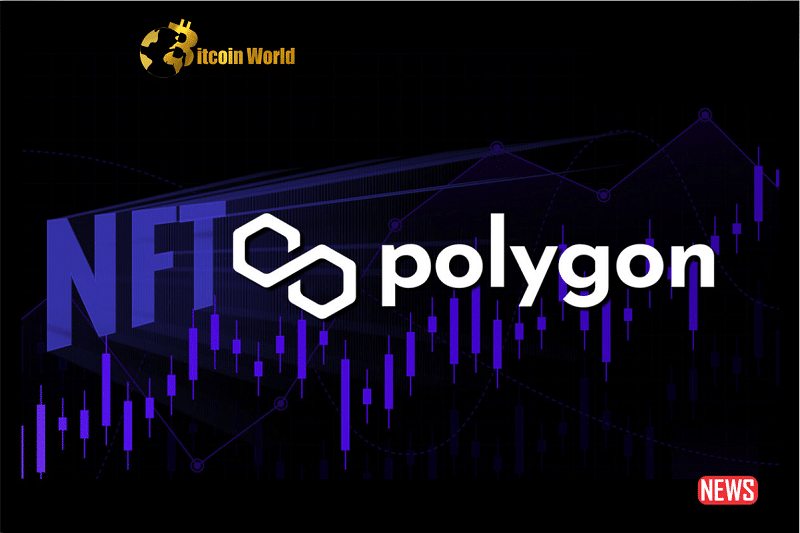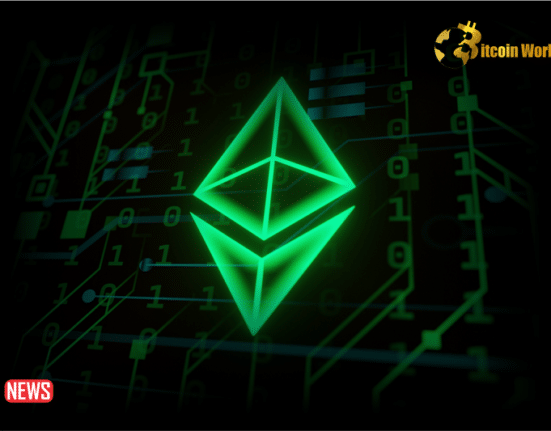Despite witnessing a surge in sales volume, Polygon’s NFT trade count has taken a hit, contributing to a decline in the price of its native token, MATIC. While the key NFT metrics for Polygon experienced a significant rise over the past week, the downward trend in MATIC raises questions about the factors behind its current performance. This article explores the contrasting dynamics of Polygon’s NFT growth and MATIC’s price decline, shedding light on the possible causes and implications.
Polygon’s NFT Growth:
Over the last week, Polygon has made notable strides in its key NFT metrics. Data from CRYPTOSLAM highlights a 20% increase in the total number of Polygon NFT sellers and buyers, accompanied by a staggering rise of over 25% in NFT transactions. Furthermore, the total sales volume of Polygon NFTs surged by more than 35%, indicating a significant increase in NFT activity within the ecosystem.
The Influence of Top NFT Collections:
Polygon Daily, a renowned Twitter handle focused on Polygon’s ecosystem, recently shared the top Polygon NFT collections on OpenSea, one of the largest NFT marketplaces. According to their tweet, the leading NFT collection over the past week was y00ts, followed by The Sandbox and Ring Runnerz, securing the top three spots. This revelation emphasizes the growing popularity and success of Polygon’s NFT offerings.
Contrasting Metrics and MATIC’s Price Decline:
Despite the positive momentum in Polygon’s NFT metrics, other indicators present a different picture. Santiment’s data reveals a significant decline in Polygon’s NFT trade counts and trade volume in USD over the last seven days. Additionally, Dune’s findings suggest a drop in the weekly volume per marketplace for the Polygon blockchain NFTs since the beginning of the month.
Analyzing MATIC’s Decline:
Polygon’s native token, MATIC, has experienced a decline in its price. CoinMarketCap reports a 3.4% drop in MATIC’s price within 24 hours. When writing, MATIC was trading at $0.6677, with a market capitalization exceeding $6.2 billion, ranking it as the 12th largest cryptocurrency.
Possible Causes of MATIC’s Decline:
One potential factor contributing to MATIC’s decline is increased selling pressure. CryptoQuant’s data reveals a rise in MATIC’s net deposits on exchanges, indicating that investors are actively selling the token. Moreover, MATIC’s network growth and MVRV Ratio have declined over the past week, potentially influencing its current performance.
Technical Analysis and Future Outlook:
The Bollinger Band analysis suggests that MATIC’s price is currently in a lower volatility zone, reducing the likelihood of an abrupt upward trend. While the bulls maintain their dominance, the MACD indicates the possibility of a bearish crossover. Furthermore, MATIC’s Money Flow Index (MFI) has experienced a sharp decline, heightening the likelihood of a continued downtrend.
Polygon’s NFT growth has showcased impressive results in terms of increased sales volume and key NFT metrics. However, this success has yet to translate into a positive impact on MATIC’s price, which has declined. Factors such as increased selling pressure, declining network growth, and technical indicators all contribute to the current downward trend. As the market continues to evolve, monitoring the relationship between Polygon’s NFT ecosystem and MATIC’s price will be crucial to understand their interconnected dynamics fully.















